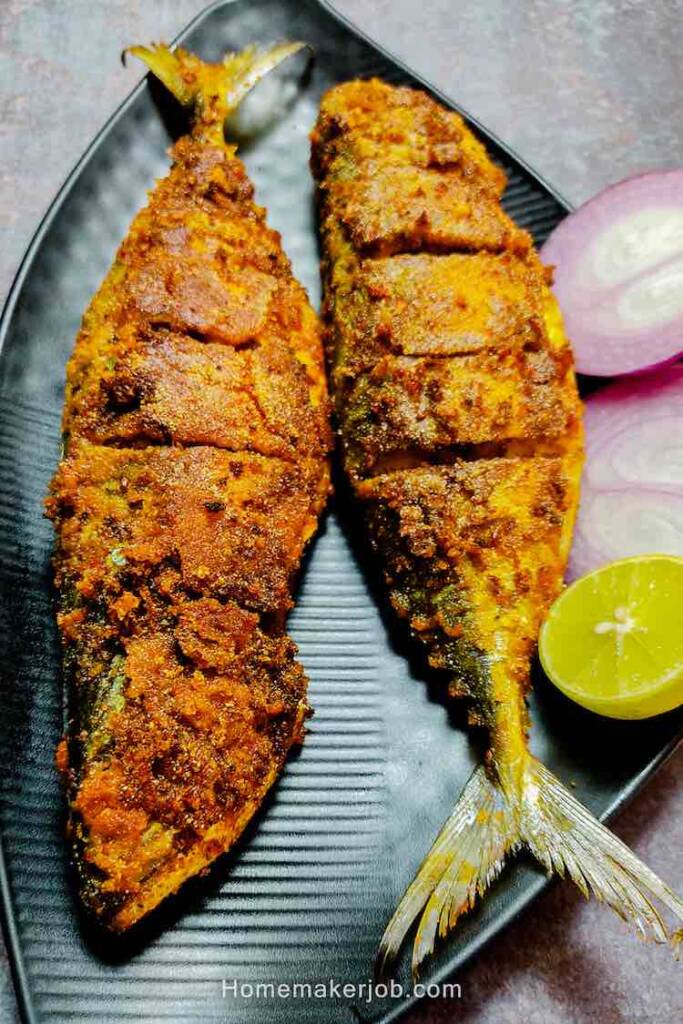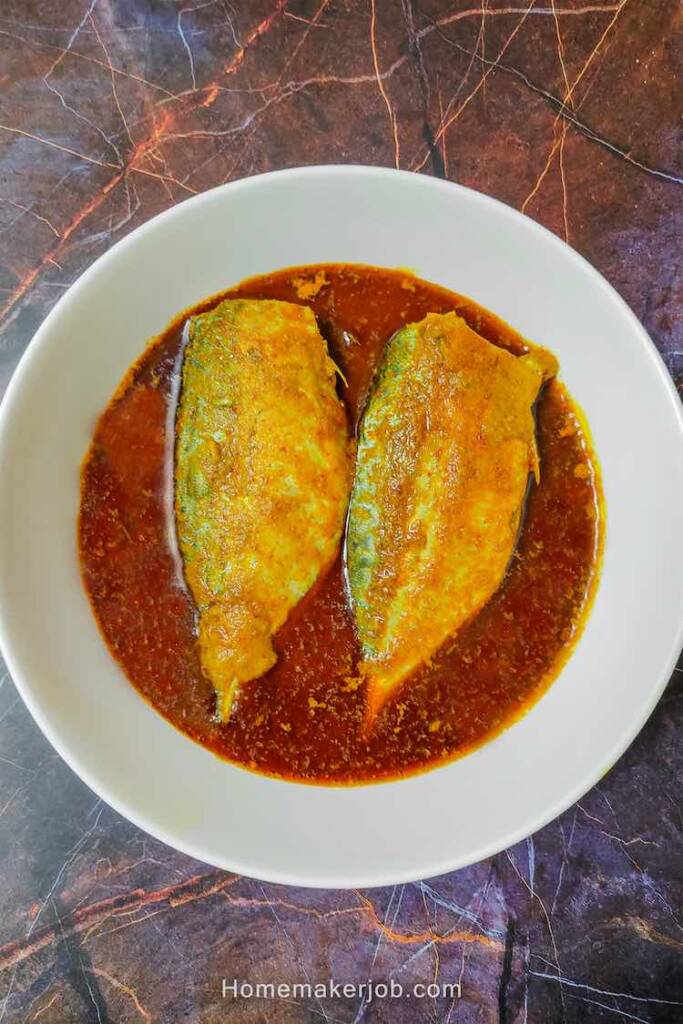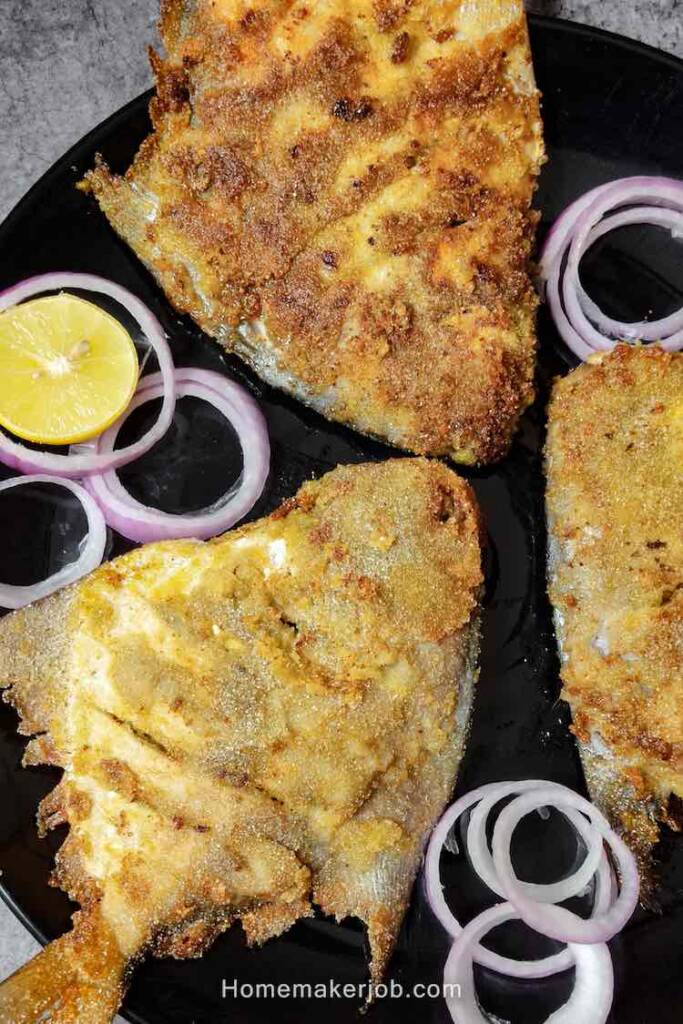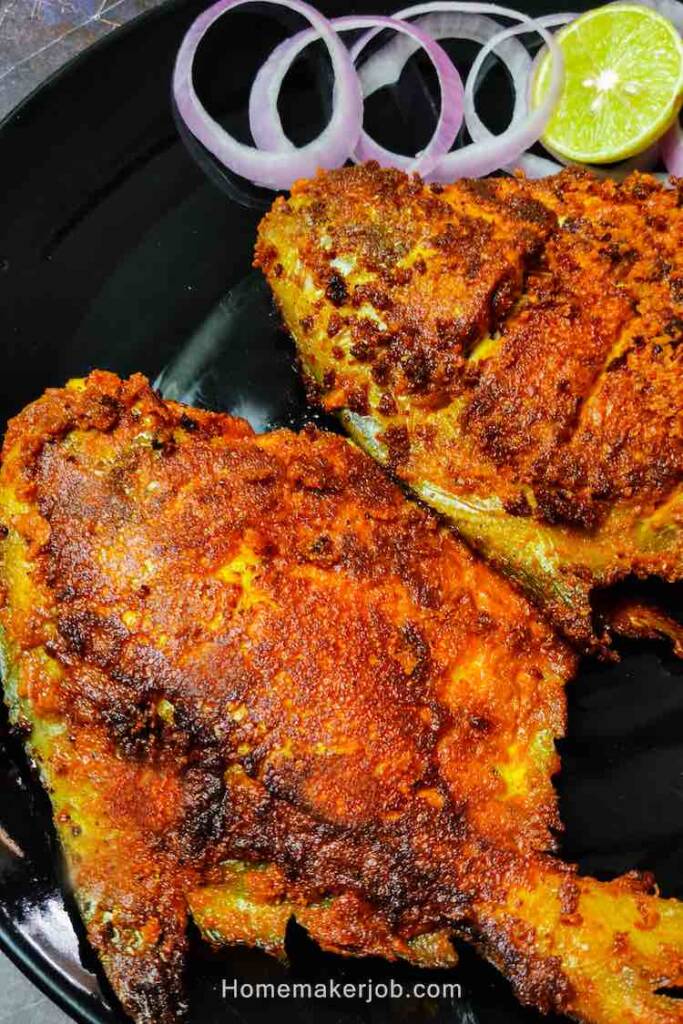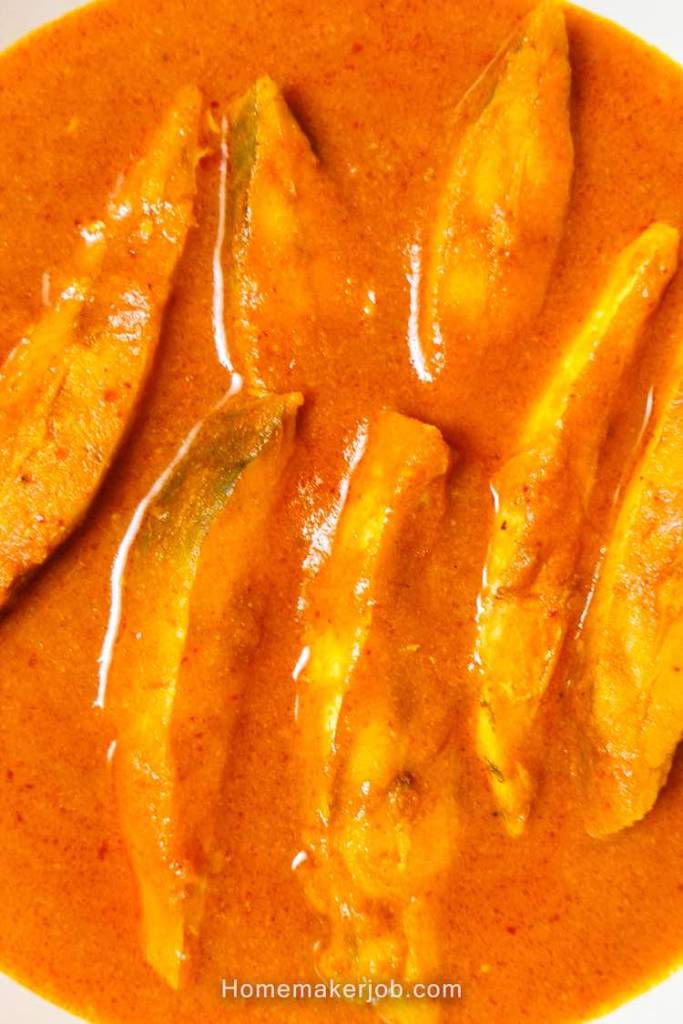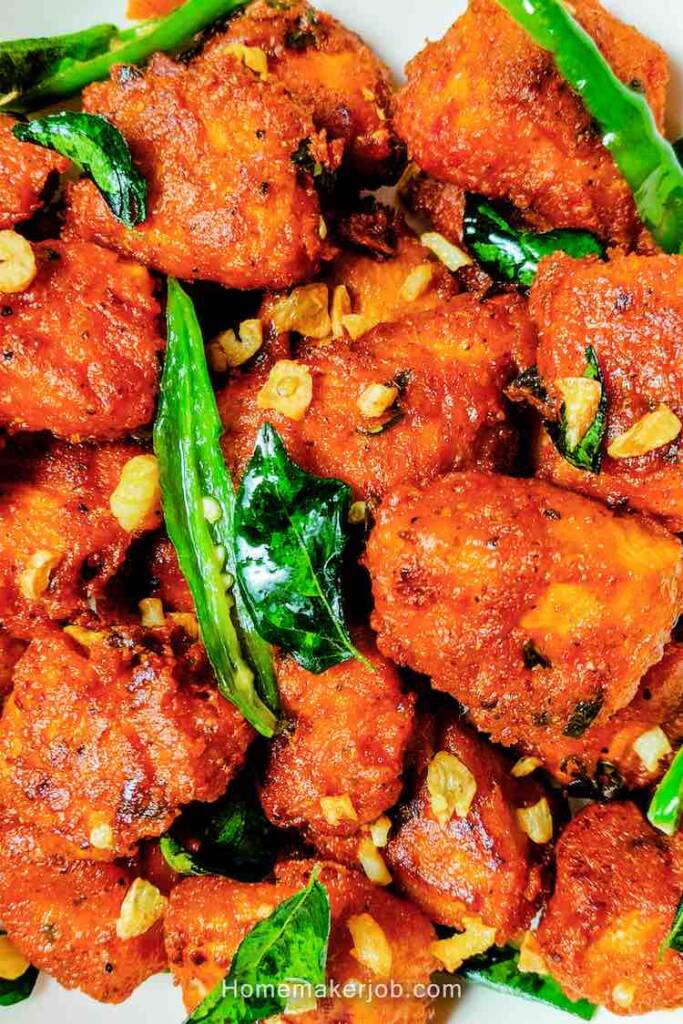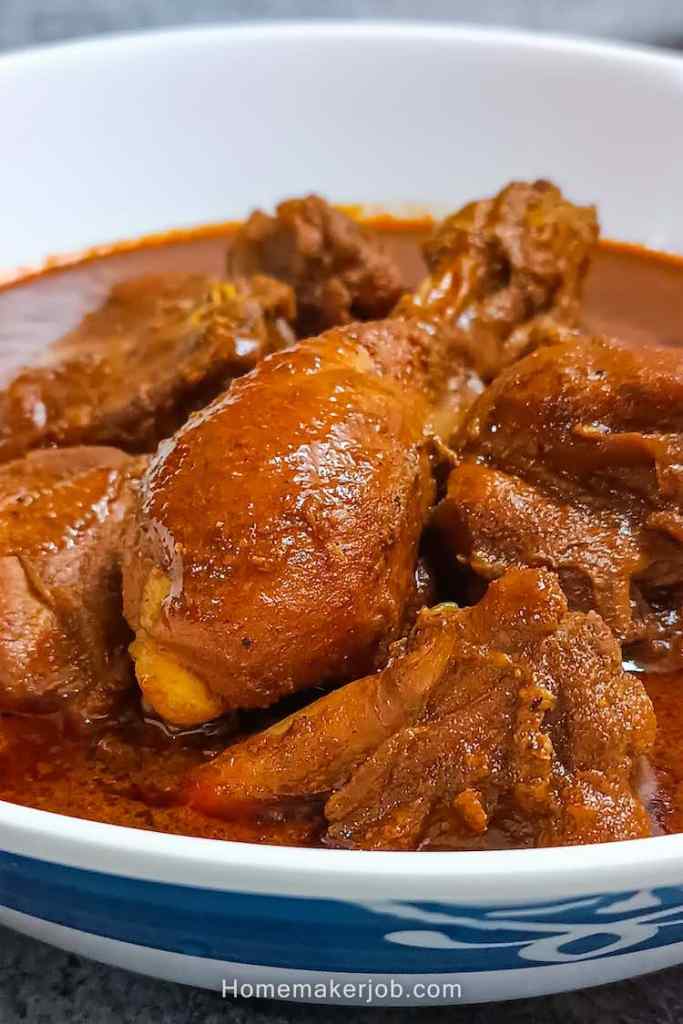Your Guide to Bangda Fish (Indian Mackerel)
About Bangada fish:
Bangada fish is a delightful source of protein in a culinary world. It has a special place in many cuisines, especially in coastal regions. As it is a sea fish, it’s widely available across the coastal regions compared to inner mainland or northern part of India.
It is known for its rich flavour, high nutritional value, and low calories. Its price is low compared to other popular sea fish. This makes it highly popular fish among seafood lovers.
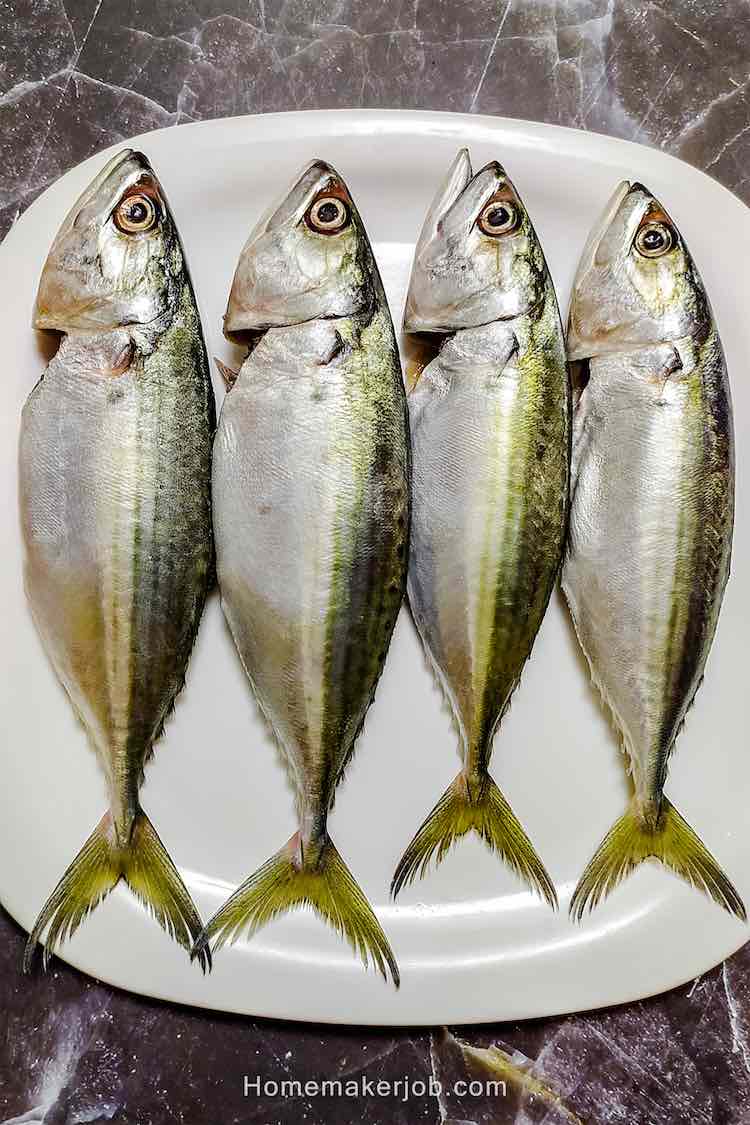
Names in various languages:
- Bangda is known by various names across various regions in India.
- Bangada is a Marathi name for this fish in Maharashtra, a western coastal state where it is highly popular.
- It’s known as bangude in Tulu and Kannada in Karnataka
- In English it is known as Indian mackerel. It’s a well-recognized name in international market and among English speaking population.
- It is known as ‘Ayala’ or ‘aiyla meen’ in Malyalam language in Kerala
- Kana keluthi or Kanangeluthi in Tamil language in Tamilnadu
- Bhangra in Punjabi
- Bangdo in Gujrati language in Gujrat
- Kajol Gouri in Bengali in state of Bengal
- Bangda or bhangra in Hindi speaking regions
- Bangdo or Bangde in Goan language in Goa
Its origin and brief history:
The known use of bangda fish in Indian cuisine dates back centuries. The native population across the coastal regions of India have been using it as part their diet for generations. Fish in general is an important part of the diet along with rice, across these coastal regions.
Over the centuries the popularity of this fish spread across different regions of India. Each region developed their own way of cooking giving us variety of recipes for the same fish.
Today bangda continues to be a popular food in many cuisines. It is more than just a seafood item. It’s a testament to rich culinary heritage of the coastal communities.
Biology and Characteristics:
The scientific name of bangada fish is ‘Rastrelliger kanagurta. It belongs to the Scombridge family which is a part of Perciformes order. It has moderately deep body. Its head is longer than its body depth. The maxilla, or upper jawbones are partly concealed and covered by the lacrimal bone, but they extend till around the hind margin of the eye.
They’ve thin dark longitudinal bands on the upper part of the body, which may appear golden on fresh fish. Their dorsal fins are yellowish with black tips. Caudal and pectoral fins are yellowish while remaining fins are dusky. Indian mackerel can reach a maximum fork length of 35cm (14 inches) in length but they are around 25cm(9.8) inches on an average.
Habitat:
Bhangra fish or Indian mackerel are generally found in warm, shallow, coastal waters where the surface water temperature is at least 17 °C (63 °F). This temperature is favourable for the survival and growth of the Indian mackerel. Grown fish of this species are found in coastal bays, harbors, and deep lagoons. They are commonly found in turbid waters rich in plankton.
- Their habitat mainly extends from:
- On the west side, along the coasts of the red sea and east Africa
- On the east side, along the coasts of bay of Bengal and Indonesia
- On the north, from China and Ryukyu Islands
- On the south, Australia, Melanesia, and Samoa
Behaviour:
Indian mackerel (ayala/bangada) is a schooling type of fish. It means that they tend to group together in large numbers. This behaviour provides them protection against predators, enhances their foraging success and improves their odds of finding a mate.
Their diet change with the age. Juveniles feed of phytoplankton like diatoms and zooplankton including cladocerans and ostracods. As they grow, their intestines shorten. So, their diet shifts to primarily include macroplankton such as the larvae of shrimp and fish.
The spawning season of bhangra fish varies by the region, but mainly during the summer season. In the northern hemisphere around India, it’s between March and September. In the southern hemisphere, around Seychelles, it’s between September and the March.
Spawning occurs in batches. The eggs are laid in the water. They are externally fertilized. The eggs are abandoned to develop on their own. This species of fish doesnot guard their eggs. This is not an uncommon trait among the fish. Rather, this characteristic is common among many species of fish. This strategy relies on producing a large number of offspring to ensure that at least some survive to the adulthood.
Culinary importance
The strong flavour of this fish stands up well to any spices or marinade, making it a perfect ingredient for bold and flavourful dishes. It is highly versatile and can be prepared in a multitude of ways. It can be grilled, baked, fried, or used in curries.
Cooking methods
The most popular recipe is to marinate in mix of spices and then fry it to a golden crisp known. The second popular recipe is to cook it in tangy and spicy curry.
In coastal regions of India, bangada is often fried till crispy or prepared in a traditional curry.
- The two most popular recipes for bangada are:
- Bangada fry
- Bangada curry
Cultural importance:
Bangada fish holds cultural significance in many regions of India. It is part of many festive meals and celebrations especially among fishing communities in coastal areas. It’s a symbol of prosperity and abundance.
The arrival of bangada fish season is marked with celebrations in some communities. E.g. the ‘Bangada Habba’ or Mackerel festival is mark of arrival of new catch of Bangada in coastal parts of Karnataka. This festival involves the feast, music and Bangada as star of the feast.
Bangada Fry and Bangada Curry are traditional dishes often served at family gatherings and celebrations in Maharashtra and Goa.
Bangada has economic importance too. It is a primary source of livelihood for many coastal communities. It is commercially valuable and is sold in local and international markets. Its fishing, selling, and preparation provide employment opportunities for many people from these communities.
